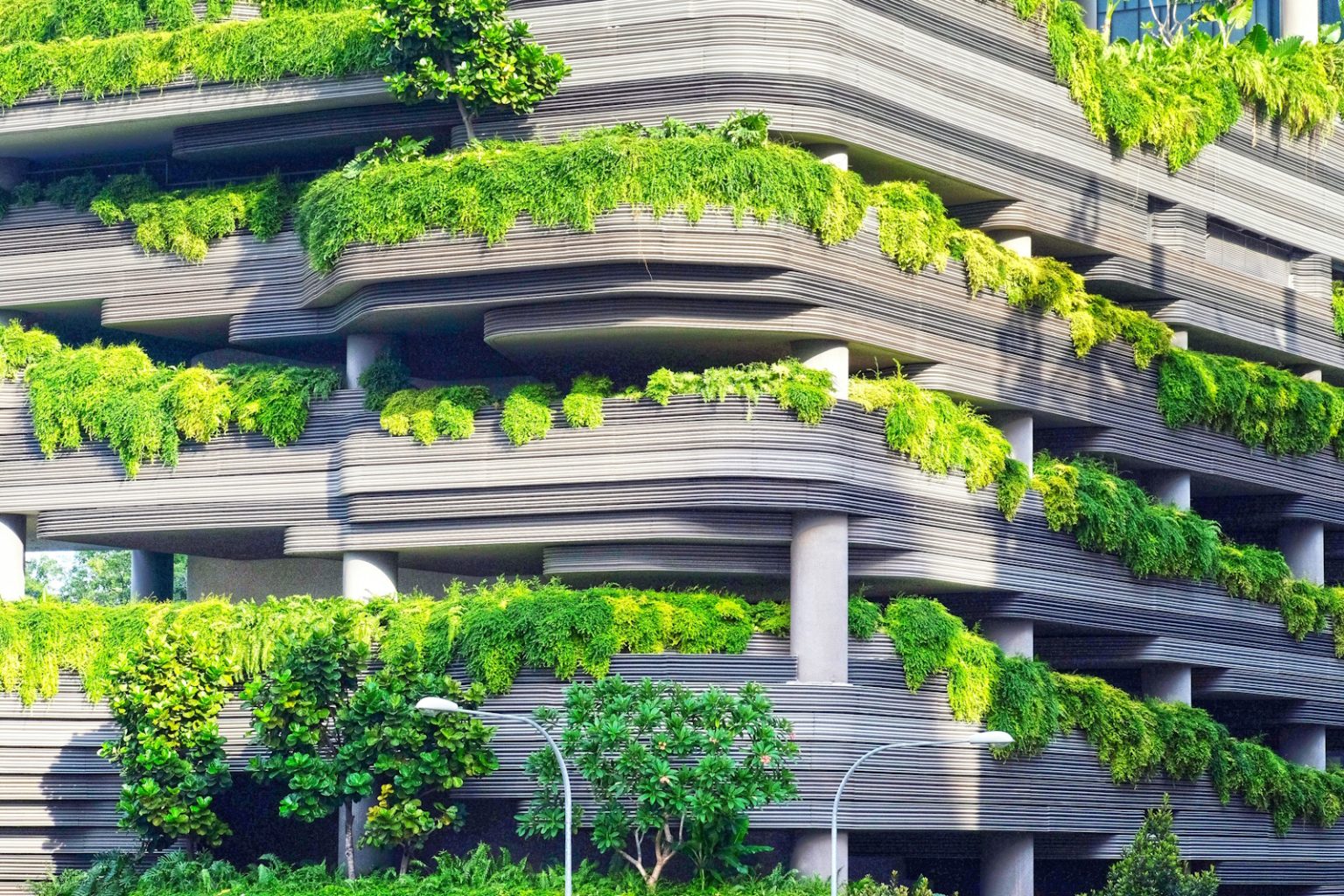Green construction, also known as sustainable or eco-friendly construction, is a growing movement within the construction industry that aims to minimize the environmental impact of building projects. As a rule of thumb, most buildings disrupt natural environments, with the construction sector taking a leading role in landfill, air – water pollution and CO2 emissions. Consequently, during the past decade, the construction industry has been actively incorporating eco-friendly “green construction” practices, materials, and technologies to create structures that are energy-efficient, environmentally responsible, and resource-conscious.
The term “green construction” describes a building project which is clean and sustainable. It goes beyond simply using renewable materials; it encompasses a holistic approach that considers the entire life cycle of a building, from design and construction to operation and eventual demolition. During the design stage, architects, engineers and contractors consider systems and materials that maximize energy efficiency or have minimal environmental impact. For example, choosing to incorporate high-performance windows and energy-efficient HVAC systems or locally sourced materials ensures a more thoughtful approach towards environmentally sustainable building practices. Taking it a step further, implementing water conservation technologies and renewable energy sources like rainwater harvesting, solar panels, or geothermal systems to power buildings, reduce dependence on non-renewable energy and promotes “greener” building operations.
In order to promote green construction, several environmentally sustainable practices have been embraced by architects, engineers and contractors. Green Building Certifications such as LEED (Leadership in Energy and Environmental Design) provide certifications that recognize buildings adhering to specific construction standards. Additionally, conducting Life Cycle Assessment (LCA) on buildings to calculate their environmental impact during their construction, operation, maintenance, and eventual demolition, provides useful insights throughout the planning and design stages. In parallel, utilizing off-site construction methods such 3d printing modular building components, effectively minimizes any negative environmental impact of construction activities.
Naturally, software technology has become an excellent tool for enhancing the sustainability of construction projects. For instance, Building Information Modeling (BIM): BIM allows for the effective collaboration between construction professionals, through the creation of detailed 3D models. This technology provides a comprehensive view of a building’s design and functionality, thus aiding in optimizing energy performance, material efficiency, and construction processes. Energy modeling software paired with sustainable material databases are also exceptional tools that simulate a building’s energy consumption and performance while providing information on environmentally friendly materials. Finally, project management and quantity takeoff programs assist in tracking and managing construction processes, becoming essential for minimizing delays and resource wastage.
Green construction is not just a trend; it’s a necessary evolution in the construction industry to address environmental concerns and promote sustainable practices. Even though the world aims to achieve net zero carbon emissions by 2050, the construction sector must consider that assets being built today will still operate in 25 years’ time. In other words, the shift in sustainable building processes is today’s objective. By leveraging advanced software technologies and using data to make informed design as well as operational decisions, the built environment will gradually integrate with the natural world and enhance ecological resilience, instead of perpetuating environmental degradation and resource depletion.












